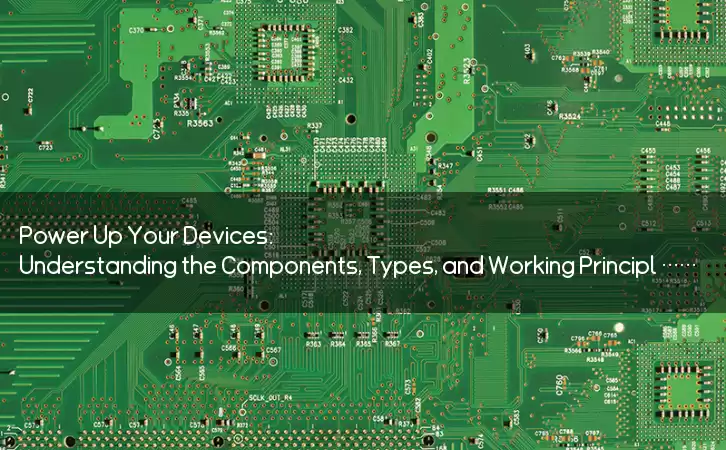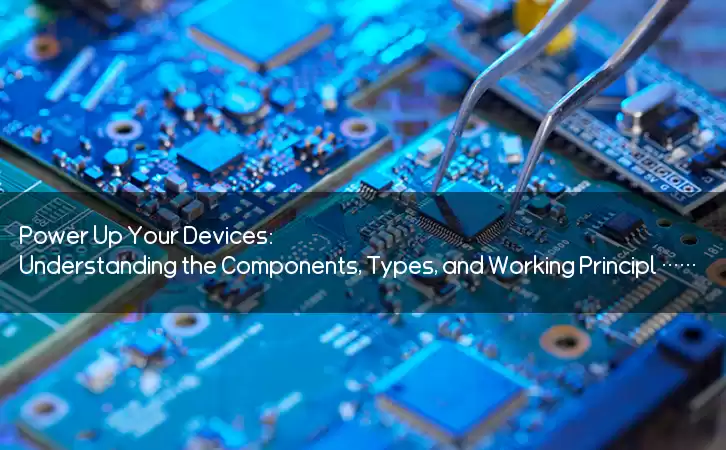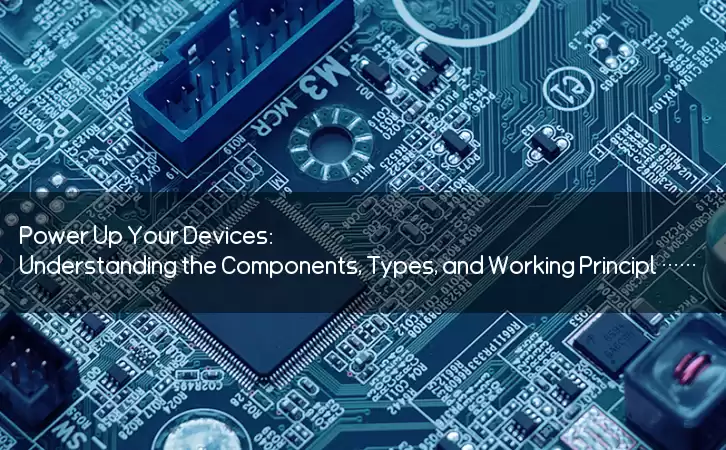Information Center
Power Up Your Devices: Understanding the Components, Types, and Working Principles of Battery Charger Circuits
Published:2023-08-10 10:34:09 Author:Green WCND Views:49Battery Charger Circuit: Components, Types, and Working Principle

A battery charger circuit is an electronic device that charges rechargeable batteries through an electrical power source. It converts AC power to DC power to charge the batteries, preventing their prolonged usage and ensuring that they are always ready for use. This circuit is designed to maintain the integrity and operational capacity of the battery over extended periods.

Components of a Battery Charger Circuit

The circuit consists of several key components that work together to charge the batteries. These include:
1. Transformer: This component is responsible for transforming the primary high voltage AC to workable low voltage DC power.
2. Rectifier: This component rectifies the AC power from the transformer, and converts it to DC power that can be used to power the circuit.
3. Capacitor: This component helps to smoothen the rectified voltage. It stores the voltage and releases it slowly, thereby providing a constant power supply to the battery.
4. Power Transistor: This component regulates the flow of current to the battery, ensuring that the battery is charged optimally and safely.
5. Voltage Regulator: This component maintains the voltage at a constant level, preventing potential charging spikes that could damage the battery.
Types of Battery Charger Circuits
There are several types of battery charger circuits that are designed for different types of batteries. These include:
1. Simple Charger Circuit: This is a basic charger circuit that charges a battery at a constant rate. It is ideal for charging small batteries such as AAA or AA batteries.
2. Fast Charger Circuit: This circuit charges the battery at a high speed, usually in under an hour. It is ideal for charging batteries used in mobile phones or laptops.
3. Trickle Charger Circuit: This circuit charges the battery at a very low rate, providing a slow and steady charge. It is ideal for maintaining the charge of the battery over extended periods.
Working Principle of a Battery Charger Circuit
The working principle of a battery charger circuit is relatively simple. The AC power from the electrical outlet is transformed to low voltage DC power that is then rectified by the rectifier. The capacitor smooths out any voltage spikes, and the current is regulated by the power transistor. The voltage regulator maintains a constant voltage level, and the battery is charged at a rate that is suitable for its type.
As the battery charges, its voltage increases and the charger circuit adjusts the charging rate accordingly. Once the battery is fully charged, the circuit automatically switches to a trickle charging mode to maintain the charge of the battery. If the battery is left connected to the charger for too long, the circuit automatically shuts down to prevent overcharging and potential damage to the battery.
Conclusion
A battery charger circuit is an essential device for charging and maintaining rechargeable batteries. It ensures that the battery is always ready for use, prolongs the battery’s operational capacity, and prevents overcharging and damage to the battery. Understanding the components, types, and working principle of a charger circuit is crucial to ensure that your batteries are charged effectively and safely.
Power Adapter Design and Customization Guide for Portable Electric KettlesI. Common Design Types for Portable Electric Kettle Power AdaptersPortable electric ke···
I. Common Design Types of Power Adapters External Independent Type (Most Common) Design: A standalone adapter (e.g., "black brick") connected to the p···
Handheld Vacuum Cleaner Power Adapter Selection GuideIntroductionHandheld vacuum cleaners have become a mainstream tool for household cleaning due to their port···
Drill Power Adapter Selection Guide.drill-container { font-family: Arial, sans-serif; line-height: 1.6; max-width: 800px; margin: 0 auto; padding: 20px; } .dril···





